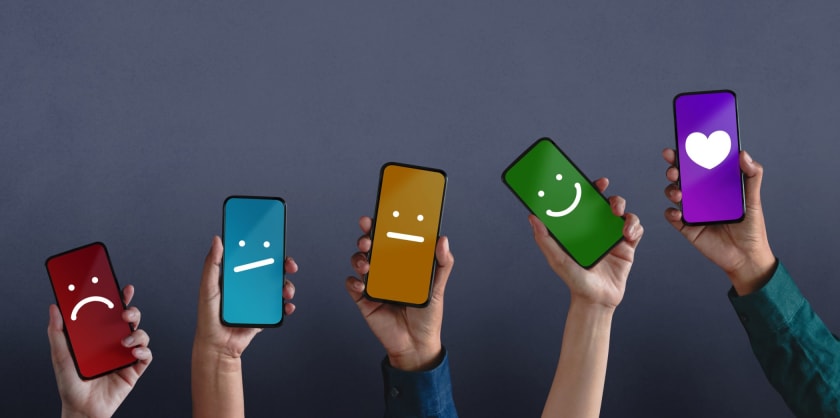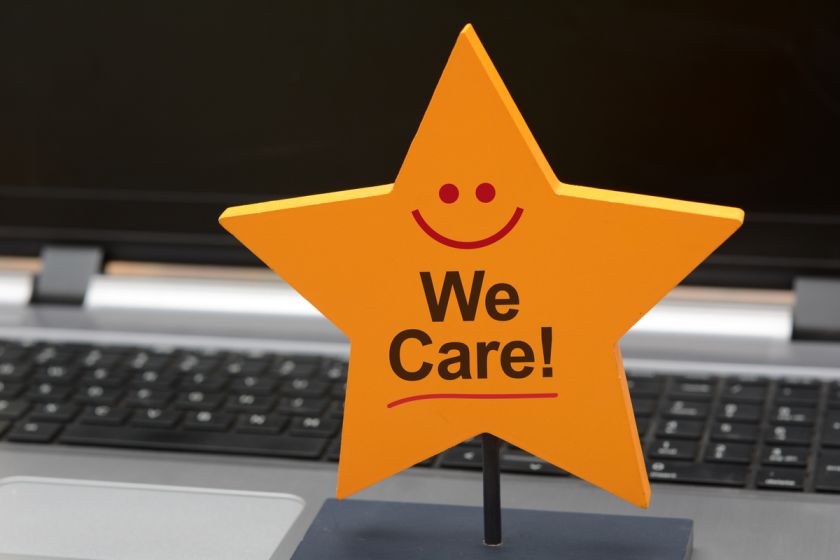Emotional eCommerce, and How to Make Your Customer “Feel” Like Buying Your Product



There’s no denying the fact that the eCommerce ecosystem is highly competitive. Thousands of businesses online might be selling the exact product/service you sell.
Then, how do you ensure you can retain the new customers' attention to your website?
You might have the most popular online business with a great logo and exceptional copywriting across your website. But if you cannot connect to your customers emotionally, you are already losing on a lot of conversion opportunities.
Getting attached to the emotions of your customer could pay off well. There are many psychological factors involved that impact the purchasing decision of a customer.
eCommerce and Emotions: Why do you need to align both?
You might be wondering, “Emotions and eCommerce? How are these two related?”
In a purchasing decision-making process, invoking the feelings of liberty, inclusivity, and reassurance among your customers plays an important role. A recent study by a Harvard professor suggested that 95% of purchasing decisions are subconscious.
Attaching yourself and all aspects of your store to the customer and compelling them to take action. This approach could prove helpful, almost in all cases, and for all customers.
In fact, many brands and marketers leverage emotions to draw attention to their products. Almost every major audio manufacturing company makes and promotes their smart home devices, but how Apple marketed their Homepod impacted its viewers emotionally.
How can you harness maximum results from emotional eCommerce?

Businesses more oriented towards the technical side might face hurdles in implementing the emotional factor in their brands. But there’s always a way to start step by step.
1. Invoke the feeling of FOMO among your customers.
Fear of missing out (FOMO) isn’t a bad thing at all. It means that you are infusing a sense of urgency among your customers. A study by Science Direct states that FOMO comprises motivational, emotional, and behavioral factors.
A healthy and responsible amount of FOMO factor can prove beneficial for your business.
Including compelling factors in your eCommerce store could increase conversions for your platform. Some of the best FOMO factors are:
- A limited time sale
- The number of customers buying
- Discounts for early purchasers
- Limited-time free shipping
- Positive testimonials defining customer satisfaction
- Work on your overall website design.
Have you heard the phrase, “First impression is the last impression”?
When new users land on your website, they expect everything in place with a responsive design and hassle-free navigation. These factors altogether impact the purchasing decision of your customers.
A new customer on your website needs assurance that everything about you is legitimate. While you can’t personally convey that message to them individually, your website design can do that.
- Use a professional-looking logo.
- Ensure every page on your website works.
- Have compelling website content.
Ultimately, you must convince your website visitors that your brand is unique among your competitors. If you can do that, your customers won’t be skeptical about checking out your products.
3. Don’t hesitate to tell stories.

We love to hear and tell stories. So leverage this human nature for your benefit.
But how do you incorporate stories in your eCommerce store?
Easy, tell a story wherever you can. Suppose you are using testimonials (text or video-based) that are also defining customer satisfaction. In that case, they will play an essential role in the decision-making process of your new visitors.
Or, feature a story on your About Us page, where you mention how you started your brand.



















